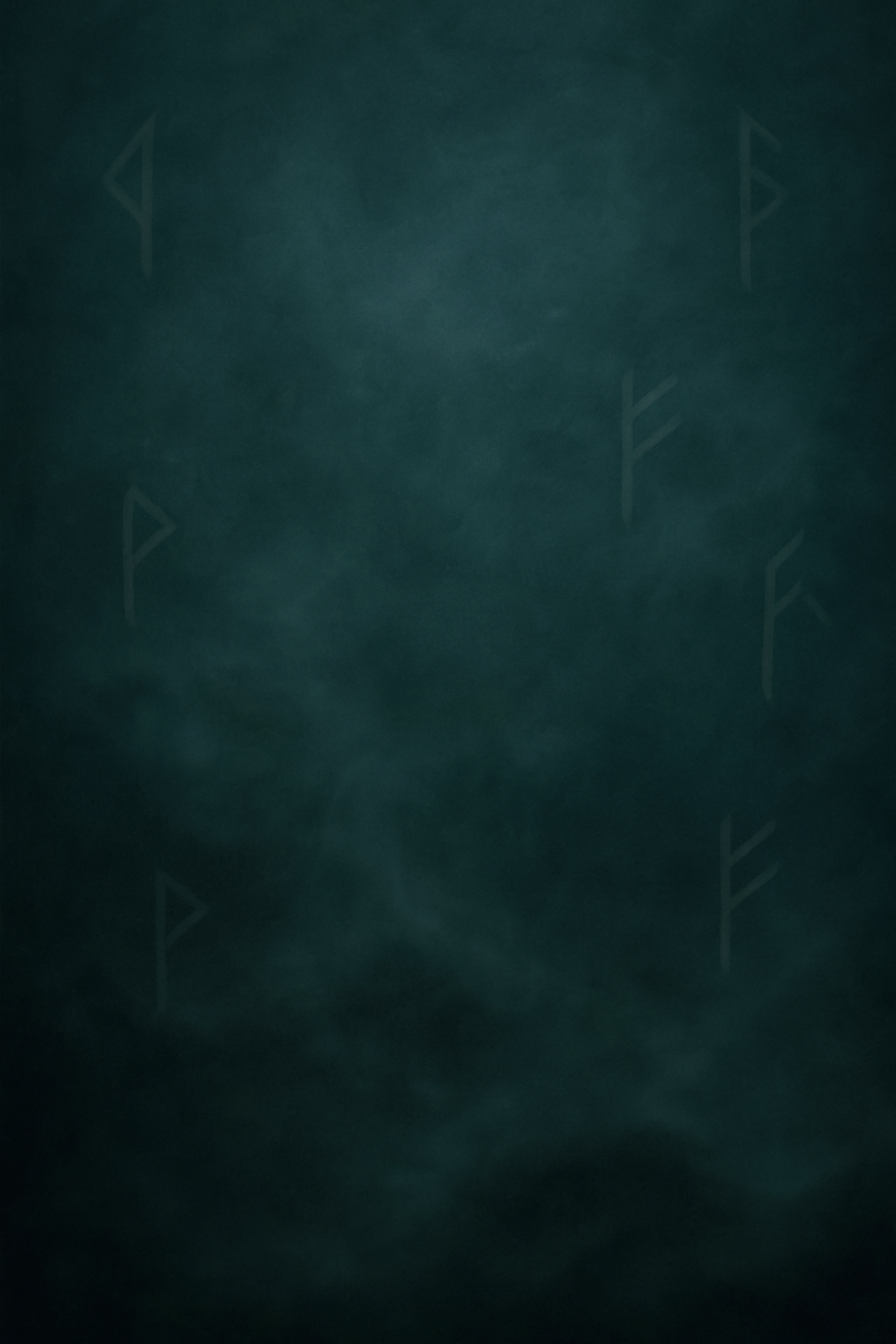
By Moon. By Mound
The deeper dives, real conversations, and the living tradition continue on Patreon. Come be part of it.

Jötnar
The Jötnar: The First Beings
The Jötnar came before the gods.
Before Óðinn. Before Asgard. Before the world had shape or story.
A frost giant named Ýmir rose from the meeting of fire and ice in Ginnungagap. From his body came the cosmos. From his death, Miðgarðr. From his blood, the sea. From his bones, the mountains. From his skull, the sky.
The Jötnar are not just monsters. They are forces. Wildness. Weather. Chaos. The raw material from which all else was made.
They are not one thing. Some are savage. Some are wise. Some raise gods. Some destroy them.
Gods and Giants: Bound Together
The line between Jötnar and gods is thin.
Many of the gods have Jötunn blood. Thor’s mother is a giantess. So is Frigg. Óðinn is descended from the Jötnar through his mother, Bestla.
Loki is a Jötunn by birth—son of Fárbauti and Laufey. He lives among the Æsir until the day he betrays them.
Freyr and Njörðr take Jötunn wives. Mímir, keeper of wisdom, may also come from Jötunn stock.
These ties were not about purity. They were about power. The giants had it. The gods needed it. Together, they kept the balance.
Not Always Enemies
Some giants, like Þrymr and Hrungnir, fought the gods. Others joined them. Skaði came through blood-price and marriage. Ægir, the sea giant, was a host and ally. His wife Rán, feared and revered, ruled the drowned.
They were not worshipped like gods, but they were respected. Acknowledged. Appeased when necessary.
They were not evil. They were elemental.
Shape and Form
Jötnar take many forms.
Some are enormous with claws, tusks, or many heads. Others appear human. Some take the form of beasts. Jörmungandr is a serpent. Fenrir is a wolf. Sleipnir, Óðinn’s horse, is the eight-legged child of Loki and a giant mare.
They do not follow rules. That is their nature.
The gods create order. The Jötnar test its strength.
They are the untamed. The necessary wild.
Destruction and Return
Just as Ýmir was the beginning, a Jötunn will bring the end.
At Ragnarök, the fire giant Surtr will raise his sword. Freyr will fall. The world will burn.
But something will rise from the ashes.
This is not evil. This is the pattern. Destruction, then rebirth.
What They Mean for Us Now
To ancient people, the Jötnar were storms, avalanches, the dark in the forest. Terrifying. Majestic. Necessary.
Today, we have reversed the threat. We have poisoned rivers, paved forests, and silenced the wild.
The giants are no longer the danger. We are.
If Thor once defended humans from the Jötnar, he may now defend the earth from us.
The balance still matters.
To honor the Jötnar is not to worship. It is to remember. They were here before us. They will remain after us.
Approach with caution. With reverence.
Not everything ancient wants to be tamed.
Other Names for the Jötnar
In the old texts and tales, many names are used:
Jötunn, Jotunn, Jotun: the most common terms, usually translated as "giant"
Þurs, Thurs: a hostile or chaotic type, used in curses and magical language
Risi, Risar: neutral or noble giants, often tied to mountains
Gýgr, Gýgjar: female giants, often wild or magical
Íviðjur: wild women of the woods
Ettin: later English word drawn from the same root as Jötunn
Elemental types appear in poetry and lore:
Hrímþursar: frost giants
Bergrisar: mountain giants
Eldjötnar: fire giants
Sjórisar: sea giants
Leirjötnar: clay giants
Vindþursar: wind giants
Ask ChatGPT
